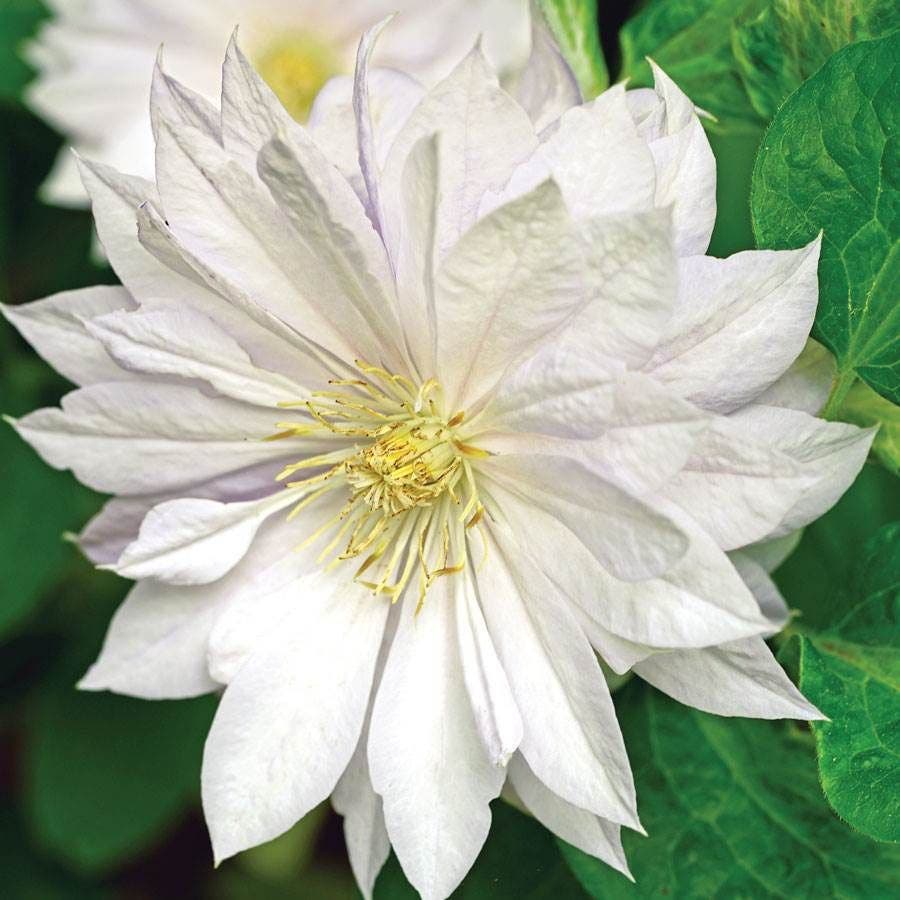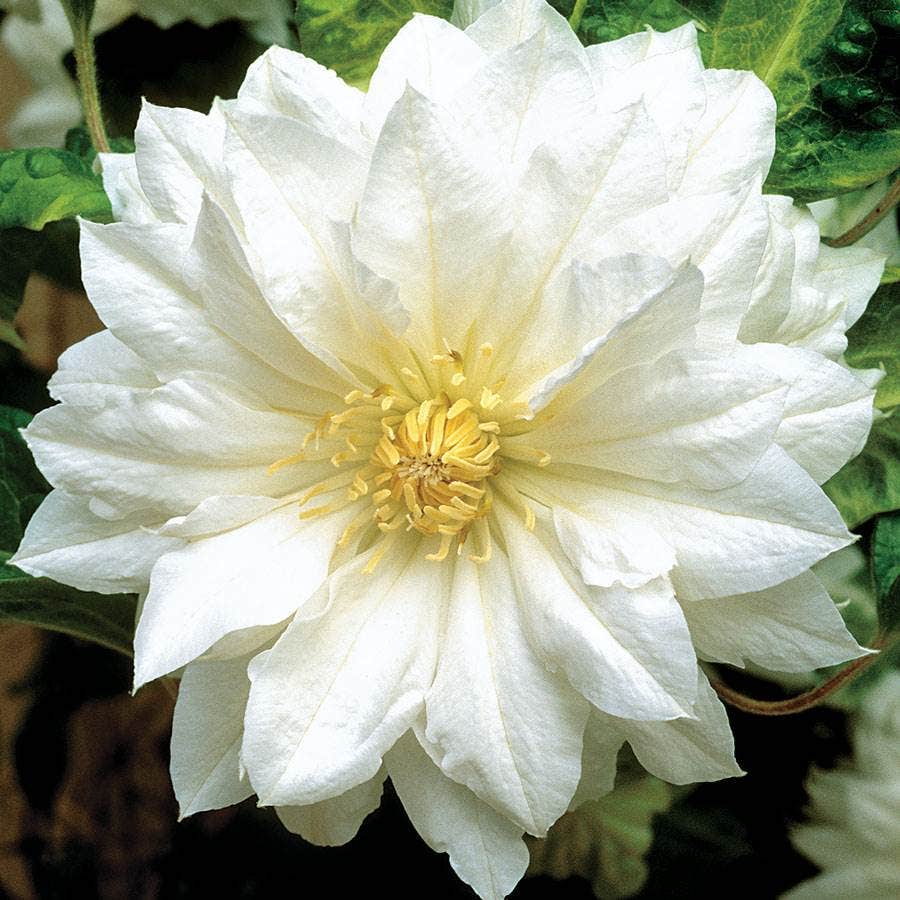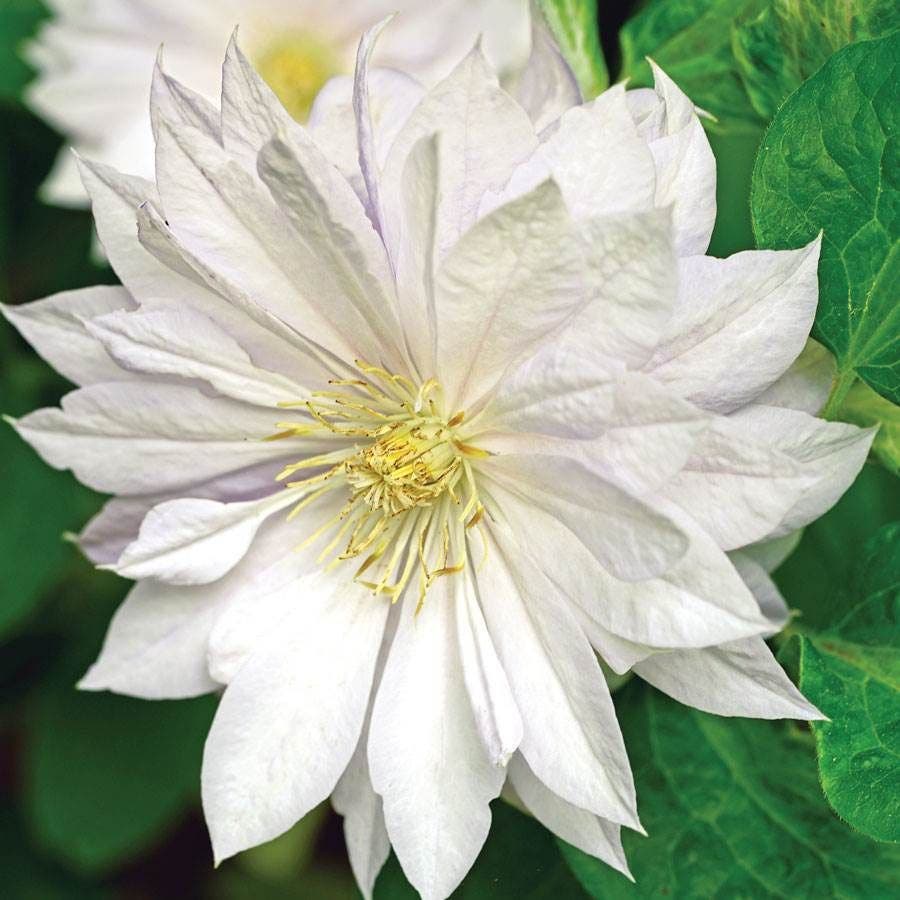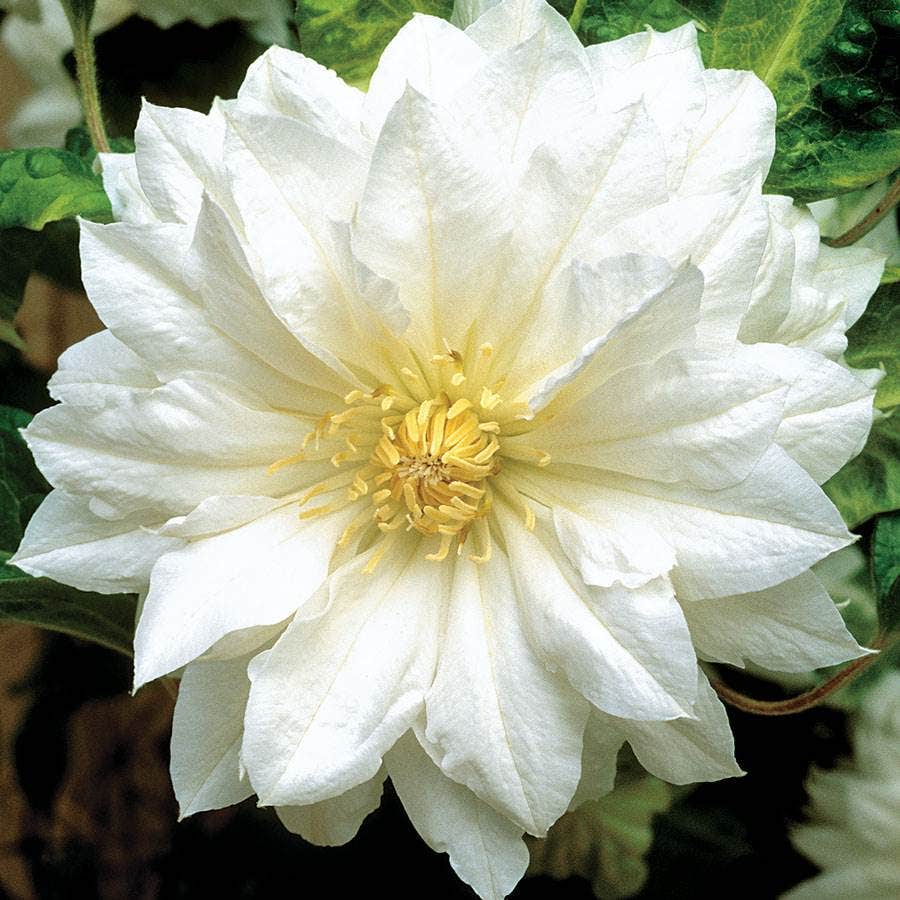parkseed
Clematis 'Duchess of Edinburgh'
Clematis 'Duchess of Edinburgh'
Zone compatibility details
Understanding the Prices on Our Product Pages
When shopping on our site, you might notice different types of prices listed for products. Here’s a quick guide to help you understand what each price means:
- Regular Price: The price before any discounts, typically reflecting the median price from the past 90 to 180 days, excluding special promotions and clearance events.
- Now Price: The updated price of an item after a reduction from the regular price. Now Prices are often limited to a short time frame and offer the opportunity to save.
- MSRP: Manufacturer's Suggested Retail Price, provided by the manufacturer as a benchmark to highlight the value of our current pricing.
- Discount Exempt: Products labeled discount exempt are not eligible for discounts or promotional offers.
Please note that product prices are subject to change without notice.
Couldn't load pickup availability
Share
Your ZIP code ✎
Zone compatibility details
This variety’s zone range
—
My hardiness zone
—
The USDA hardiness zones offer a guide to varieties that will grow well in certain climates. Each zone corresponds to the minimum winter temperatures experienced in a given area. Make sure that your hardiness zone lies within the zone compatibility range of this variety before ordering.
Spring Shipping Schedule
Spring Shipping Schedule and Zone Opening Earliest Ship Dates
Note: At Park Seed, we are committed to shipping healthy live plants at the ideal planting time for your zone. In order to ensure our plants are shipped at the optimal conditions, we regularly adjust our shipping timeframes as needed. The below table reflects our current estimate of timing for rose, live plant and bulb shipping this season.
| Zone | Bareroot Roses | Container Roses | Plants & Bulbs | Sweet Potato & Avocado | Citrus | Blooming Blocks |
|---|---|---|---|---|---|---|
| 1-3 | Early-Mid May | Mid May | Mid May | Late May-Mid June | Early-Mid May | Early-Mid May |
| 4-5 | Early-Mid Apr | Late Apr-Early May | Late Apr-Early May | Mid-Late May | Late Apr-Early May | Early-Mid May |
| 6 | Mid-Late Mar | Mid-Late Apr | Mid-Late Apr | Early-Mid May | Early-Mid Apr | Early-Mid May |
| 7 | Early-Mid Mar | Mid-Late Apr | Late Mar-Early Apr | Late Apr-Mid May | Early-Mid Apr | Early-Mid May |
| 8 | Mid-Late Feb | Mid-Late Apr | Late Mar-Early Apr | Mid-Late Apr | Early-Mid Apr | Early-Mid May |
| 9-13* | Late Jan-Mid Feb | Mid-Late Apr | Late Mar-Early Apr | Mid-Late Apr | Early-Mid Apr | Early-Mid May |



Grow Zone
4 - 11
Mature Height in Inches
96"
Mature Width in Inches
72
Sun / Shade
Full Sun
Bloom Size
" - "
Tomato Fruit Set
Days to Maturity
Fruit Weight
Soil Tolerance
Clay, Normal, loamy, Poor, and Sandy
Moisture
Moist, well-drained
Description / Clematis 'Duchess of Edinburgh'
Clematis 'Duches of Edinburgh' is a showy, perennial, large-flowered clematis offering late spring/early summer to late summer interest, blooming heavily in late spring/early summer with a second wave of blooms in late summer/early fall on the current year's growth. Free flowering, the plant sets large, 4- to 6-inch, rosette-shaped, pure white double flowers with a center boss of white filaments and creamy stamens. The later flushes produce semidouble or single-petaled blooms. The plant blooms on old and new wood, and at maturity, the vine is fully covered in flowers that attract butterflies and hummingbirds. The flowers have strong stems and a long vase life.
A deciduous woody vine, Clematis 'Duches of Edinburgh' has a moderately vigorous, twining, and trailing habit of bright green leaves that stay fresh and attractive all season. There is an old saying about clematis' growth rate: The first year they sleep, the second year they creep, and the third year they leap. Train clematis to climb a trellis, arbor, post, or fence, adding vertical interest. Or allow it to amble along the ground, meandering gracefully through the shrubbery. But for something really special, pair it with a climbing rose, allowing the nimble clematis to twine its way around the sturdy rose stalks. The two will elegantly mingle blooms in the early season, but the clematis will carry it through the heat of summer and the rose will pick up again in fall as the clematis' blooms fade.
Cold hardy, easy to grow, and disease resistant, Clematis 'Duches of Edinburgh' prefers cool, moist, well-drained soil and full sun to part shade. Good site selection is key. So, remember the adage for success with clematis when planting: feet in the shade, head in the sun. The plant should be placed where the leaves get plenty of sunshine (approx. 6 hours), but the roots are shaded and kept cool, either by low-growing, evergreen shrubs or by heavy mulch. Good drainage is important, and extremely wet locations should be avoided. Protect plants from strong winds but allow good air circulation. Deer resistant.
A Group 2 large-flowered clematis (includes rebloomers that produce flowers on old wood in late spring/early summer and often bloom again on new wood [current season's growth] in late summer or fall), Clematis 'Duches of Edinburgh' should be pruned moderately in late winter to early spring before blooming has begun. Remove dead wood and cut the remaining stems 6 to 8 inches, to the topmost pair of large, plump green buds. Trim just enough to encourage new growth without losing promising buds. Deadheading spent flowers encourages new blooms. If training to climb, loosely tie the vines to their structure at this time.
Uses: Arbors, Pergolas, Trellises, Wall Sides, Fences, Borders, Beds, and Containers
Product Details
Virtual SKU: v2490
Selected Product SKU: 27774
Genus: Clematis
Species: hybrid
Variety: 'Duchess of Edinburgh'
Size:
Bloom Color: White
Foliage Color: Medium Green
Habit: Vining
Light Requirements: Full Sun
Moisture Requirements:- Moist, well-drained
Bloom End: Early Summer
Uses:- Baskets
- Border
- Containers
- Vines and Climbers
- Arches
- Double Blooms
- Pruning Recommended
- Repeat Bloomer
- Trellises

